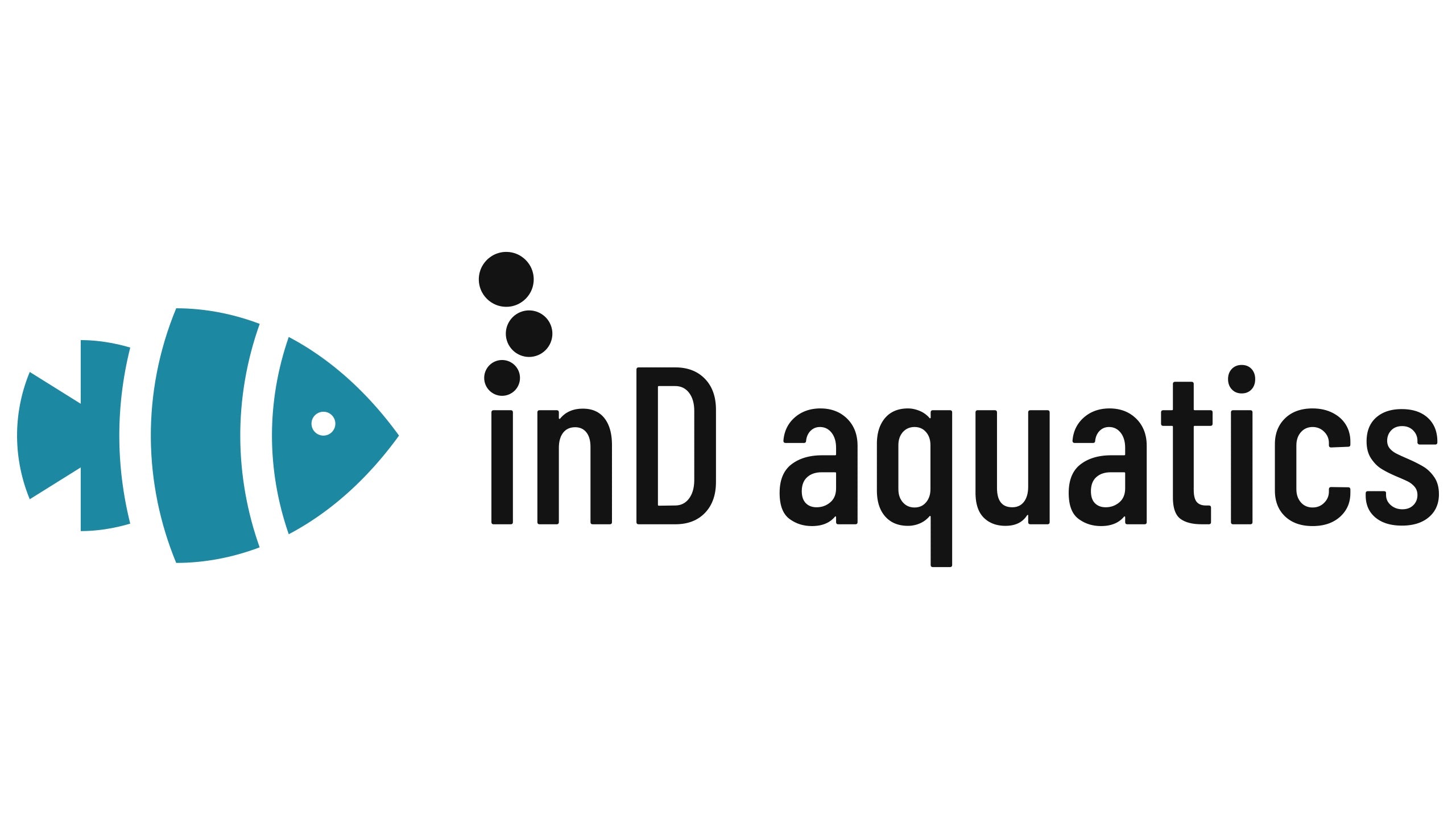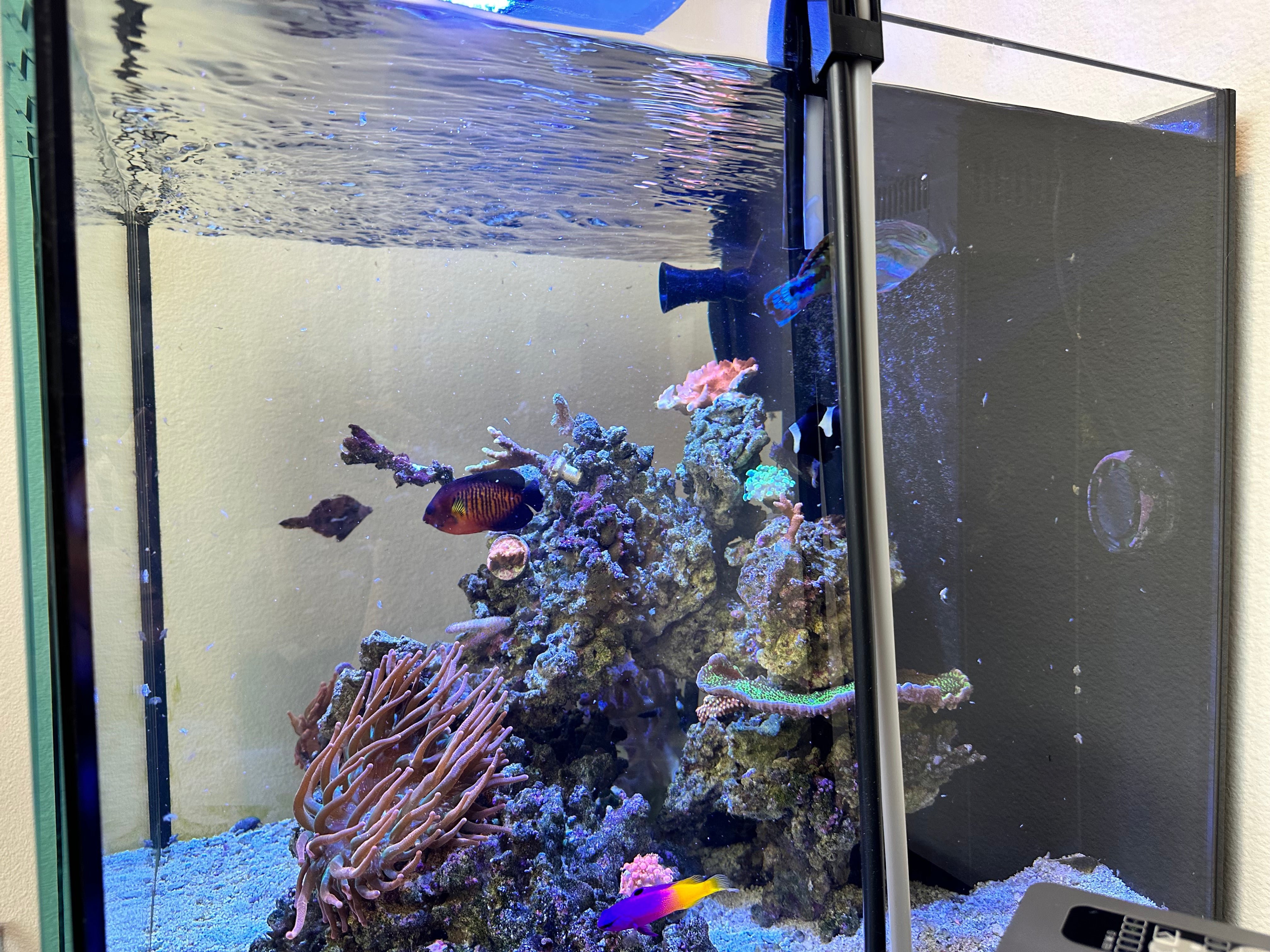The Power of Frozen Fish Food: Why It's a Game-Changer for Aquarium Health
As aquarium enthusiasts, we always want the best for our finned friends. Providing them with a nutritious and balanced diet is crucial for their health, vitality, and longevity. While flake and pellet foods have their place, frozen fish food offers a range of health benefits and is proven to elevate your aquarium care to a whole new level.

Why Frozen Fish Food is a Superior Choice
Frozen fish food boasts a number of advantages over its dried counterparts, making it a standout option for discerning aquarists:
-
Nutritional Variety: Frozen foods like brine shrimp, mysis shrimp, and various types of fish and invertebrates provide a diverse range of nutrients that mimic a natural diet.
-
High-Quality Protein: Frozen foods are typically rich in high-quality protein, which is essential for the growth and health of reef aquarium fish.
-
Reduced Risk of Disease: Frozen foods are often frozen at low temperatures, which can help kill parasites and pathogens that might be present in live foods. This reduces the risk of introducing diseases into the aquarium. RSW technology implemented in the AF4 from Ind Aquatics makes automating the feeding process carefree.
-
Natural Feeding Behavior and Reduced Waste: Many reef fish are adapted to hunting and eating live prey in the wild. Feeding them frozen foods that closely resemble their natural diet can help stimulate their natural feeding behaviors. Frozen food is also less likely to get stuck on the surface and subsequently sucked into a filter or quickly sink to the bottom where the fish lose interest.
- Convenience: Frozen foods are easy to store and can be portioned out for feeding. With the aF4, you can now automate your frozen fish food feeding schedule and portion size.
Types of Frozen Fish Food
The world of frozen fish food is expansive, offering a variety of options to cater to the specific needs of your aquarium inhabitants. Some popular choices include:
- Brine Shrimp: A staple for many fish, brine shrimp is a rich source of protein and essential fatty acids. However, compared to other options brine shrimp have significantly lower nutritional value.
- Bloodworms: A protein-packed treat, bloodworms are highly palatable and a favorite for many fish.
- Mysis Shrimp: Another excellent source of protein, mysis shrimp are larger than brine shrimp and can be a good option for larger fish.
- Daphnia: A small crustacean, daphnia is a good source of protein and omega-3 fatty acids.
-
Spirulina: A type of algae, spirulina is a good source of vitamins, minerals, and antioxidants.

How to Feed Frozen Fish Food
Feeding frozen fish food is simple but when completing the task manually, there are quite a few steps to keep in mind:
Manual Method:
- Remove from Freezer: Pick whatever food you'd like to feed, pull it out of the freezer, pop out the desired quantity of cubes or chop up the specific amount of sheet food you'd like to feed. Return the food to the freezer to prevent thawing of food you'd like to save.
- Thaw Properly: Always thaw frozen food in a separate container to allow for proper distribution when introduced to the aquarium. Dropping a frozen cube into the tank can result in one fish hoarding the cube or the cube just sticking to an overflow or pump wasting most of it.
- Feed the correct quantity: Only feed as much as your fish can consume in a few minutes. Overfeeding or underfeeding can result in water quality issues or fish health problems.
- Repeat: The above 3 steps should be completed just about every day, some fish actually benefit from multiple feedings a day (such as anthias). Additionally, feeding manually requires you to physically be at your aquarium making vacations or busy work schedules problematic.
With the introduction of the aF4, automated frozen fish food feeder, you can eliminate ALL of the above steps and simplify your feeding task to a once every two weeks process. The aF4 also gives you the freedom to travel without paying a fish-sitter, stressing about the health of your fish, or finding a friend or neighbor to handle fish feeding while away.
Automatic Method (with aF4):
- Fill aF4 Reservoir: The aF4 is capable of storing and keeping up to 50 cubes of food fresh for up to 21 days (exact duration is dependent on storage temperature, food preparation and can vary based on individual factors and circumstances.)
- Program the aF4: Set the schedule using the onboard UI (or via a 0-10v cable coupled with your favorite aquarium controller.) Set the storage temperature to your desired temperature between -1C and 5C. Finally, set the feed quantity from a range of between 5mL to 50mL per feed.
-
Relax: Your fish are being fed, wherever you are.

The Benefits of a Frozen Fish Food Diet
A diet rich in frozen fish food can have a positive impact on the overall health and well-being of your aquarium inhabitants:
- Enhanced Coloration: The nutrients found in frozen foods can help enhance the natural colors of your fish.
- Increased Immunity: The vitamins and minerals in frozen foods boost your fish's immune system, making them less susceptible to disease.
- Improved Digestive Health: The natural ingredients in frozen foods are easier for fish to digest than processed dried foods, leading to better overall digestive health.
- Increased Activity and Energy: The increased nutrient intake from frozen foods can result in more active and energetic fish.
Conclusion: A Step Towards Optimal Aquarium Care
Frozen fish food is a valuable asset for any serious aquarist. By providing a nutritionally balanced and stimulating diet, you can improve the health, vitality, and longevity of your aquatic companions. Embrace the benefits of frozen fish food and witness the positive transformation in your aquarium ecosystem.
Remember, always research the specific nutritional needs of your fish species and choose frozen foods that meet their requirements. With proper care and attention to detail, you can provide your fish with the best possible diet and enjoy a thriving and vibrant aquarium environment.
With the introduction of the aF4 from inD aquatics, you can now easily automate frozen fish food feeding, providing the best and most optimal diet for your fish. The aF4 is the future of feeding your fish.



Aktie:
Methods for Feeding Frozen Fish Food When You Aren't Around to Do It Yourself
3 Kommentare
Great guide on feeding frozen fish food for aquarium health! Just like fish need quality nutrition, humans do too. Services like meat delivery Dubai ensure fresh, premium meats for healthy, delicious meals at home. It’s all about choosing the best for both you and your aquatic friends! for more info https://jidranmeat.com/
@Colin Page
You can definitely still rinse the food in RO water! I’m not sure what your exact process is – but if you rinse the food in RO water, then strain it. You can then dilute it with saltwater and use it in our automated feeder on the coldest setting.
If you prefer to store it in RO water and not salt water, you can still use the feeder however the freshness duration would be reduced to approximately 4 to 5 days using setting 3 on the aF4.
I’ve been following the development of this product since the beginning, an exciting time!
At the moment I rinse my frozen food to remove any waste that could increase problem nutrients. Is that still possible to do with the dispenser by adding RO water?